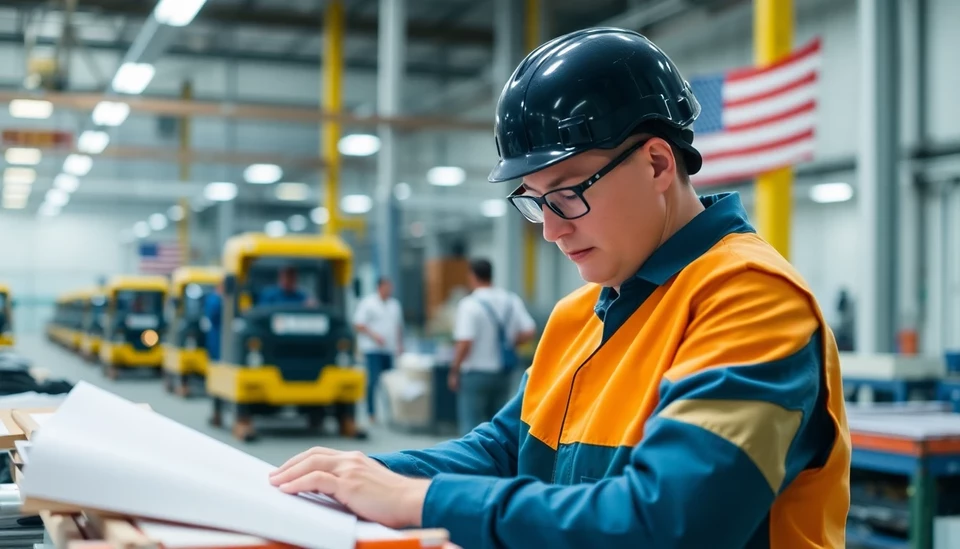
In a revealing indicator of the current economic climate, U.S. factory activity has shown signs of contraction, as fresh reports indicate a notable decrease amidst escalating costs of materials driven by existing tariffs. The latest data, gathered and analyzed by industry experts, has raised eyebrows about the implications for manufacturing and the overall economy.
The recent survey from the Institute for Supply Management (ISM) suggests that the manufacturing index dropped to 49.5 in March from 51.2 in February, marking a significant downturn. This figure falls below the neutral benchmark of 50, indicating that more manufacturers are reporting a decline in activity than those experiencing growth. Analysts had predicted a more modest decline, further underscoring the unexpected severity of this downturn.
Manufacturers across various sectors have cited rising costs for key materials, which they attribute directly to tariffs imposed on imported goods. The tariffs have created a ripple effect, increasing expenses for raw materials and complicating supply chains. This unsettling development has left many in the industry grappling with thinner profit margins and prompted some to reconsider their operational strategies.
Particularly affected were sectors reliant on steel and aluminum, where price volatility has severely impacted production budgets. Companies are now faced with tough choices—whether to absorb the increased costs, pass them to consumers, or scale back production—all of which can potentially destabilize the broader economy.
Economic analysts have expressed concern that such a contraction in manufacturing could lead to broader economic implications, including potential layoffs and slowed hiring as companies reevaluate their workforce needs in response to falling demand. With inflationary pressures already gripping consumers, the situation might exacerbate woes for everyday Americans who are already feeling the pinch at the grocery store and gas pumps.
Moreover, experts warn that without a resolution to these tariff-induced price hikes, the outlook for U.S. manufacturing could remain bleak. The Biden administration has faced mounting pressure to address these tariffs, as industry leaders argue that relief is essential to foster a recovery in manufacturing and bolster economic resilience.
In response to these challenges, some manufacturers are exploring alternatives, such as sourcing materials locally or investing in technology to enhance efficiency and mitigate costs. However, such adaptations may take time to materialize, adding another layer of uncertainty to the manufacturing landscape.
The convergence of rising material costs and declining factory activity not only reflects broader supply chain issues but also signals potential long-term challenges for economic growth in the U.S. As businesses navigate these turbulent waters, all eyes will be on policymakers to see how they will address the pressing concerns of the manufacturing sector.
As this story develops, it remains crucial to monitor the reactions from both industry leaders and government officials, as well as the broader economic indicators that will shape the manufacturing landscape in the months to come.
#USFactoryActivity #ManufacturingIndex #EconomicNews #Tariffs #SupplyChain #Inflation #IndustryInsights
Author: Rachel Greene




